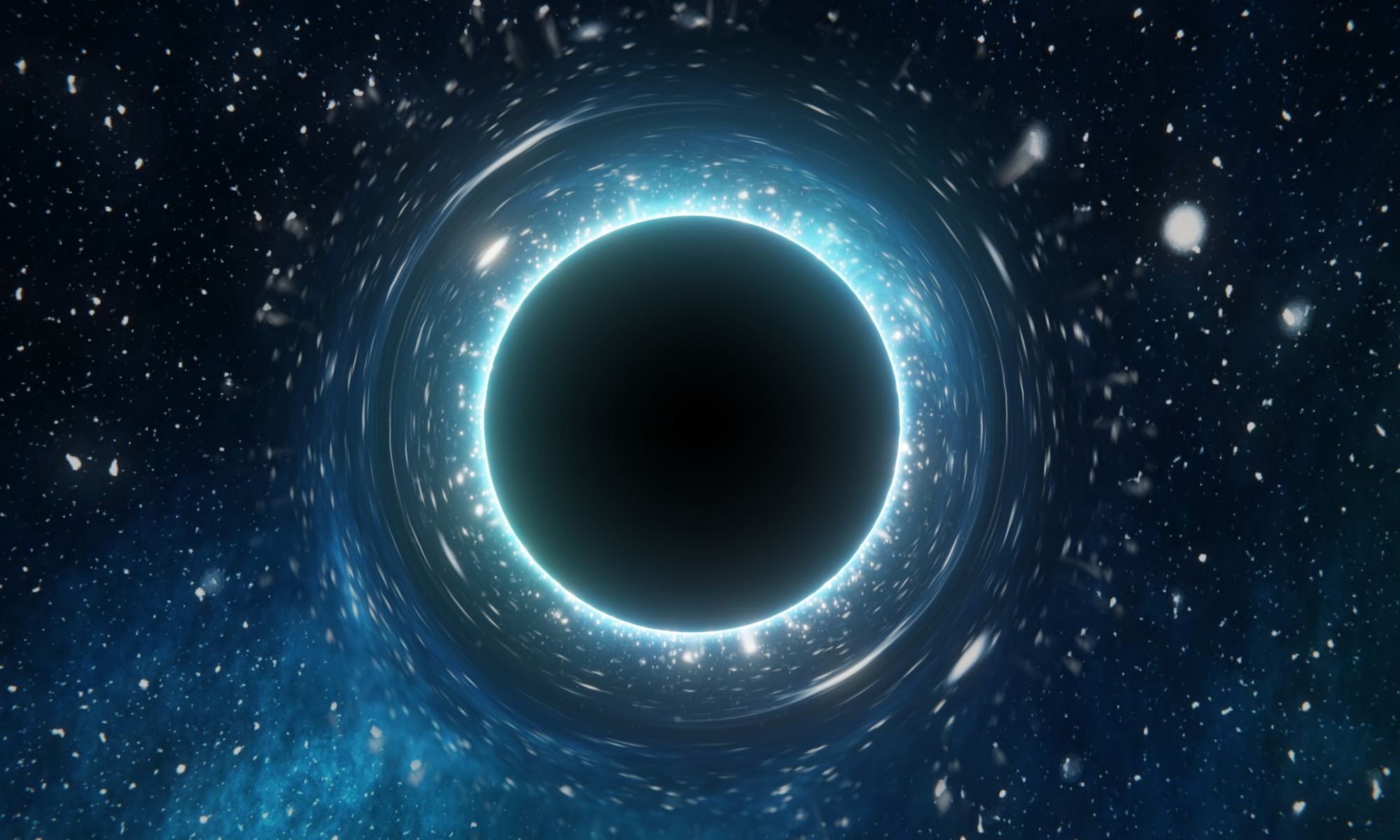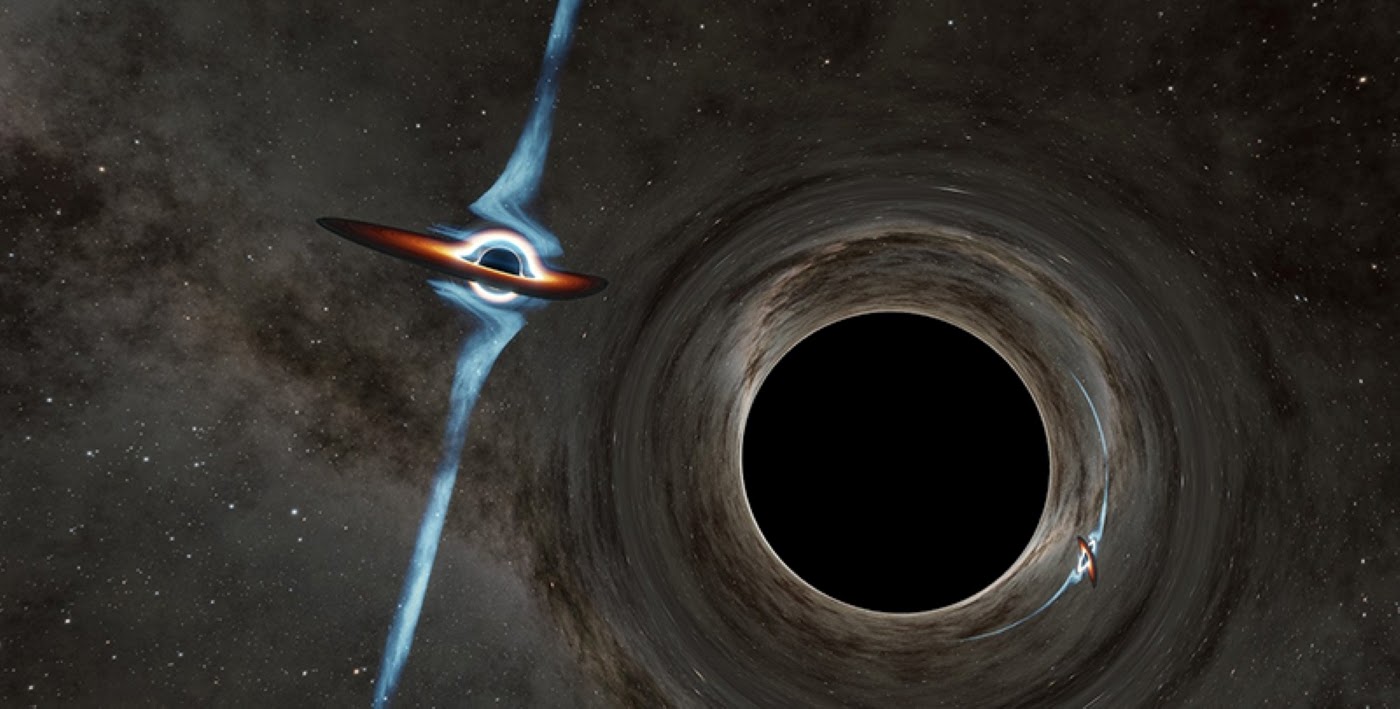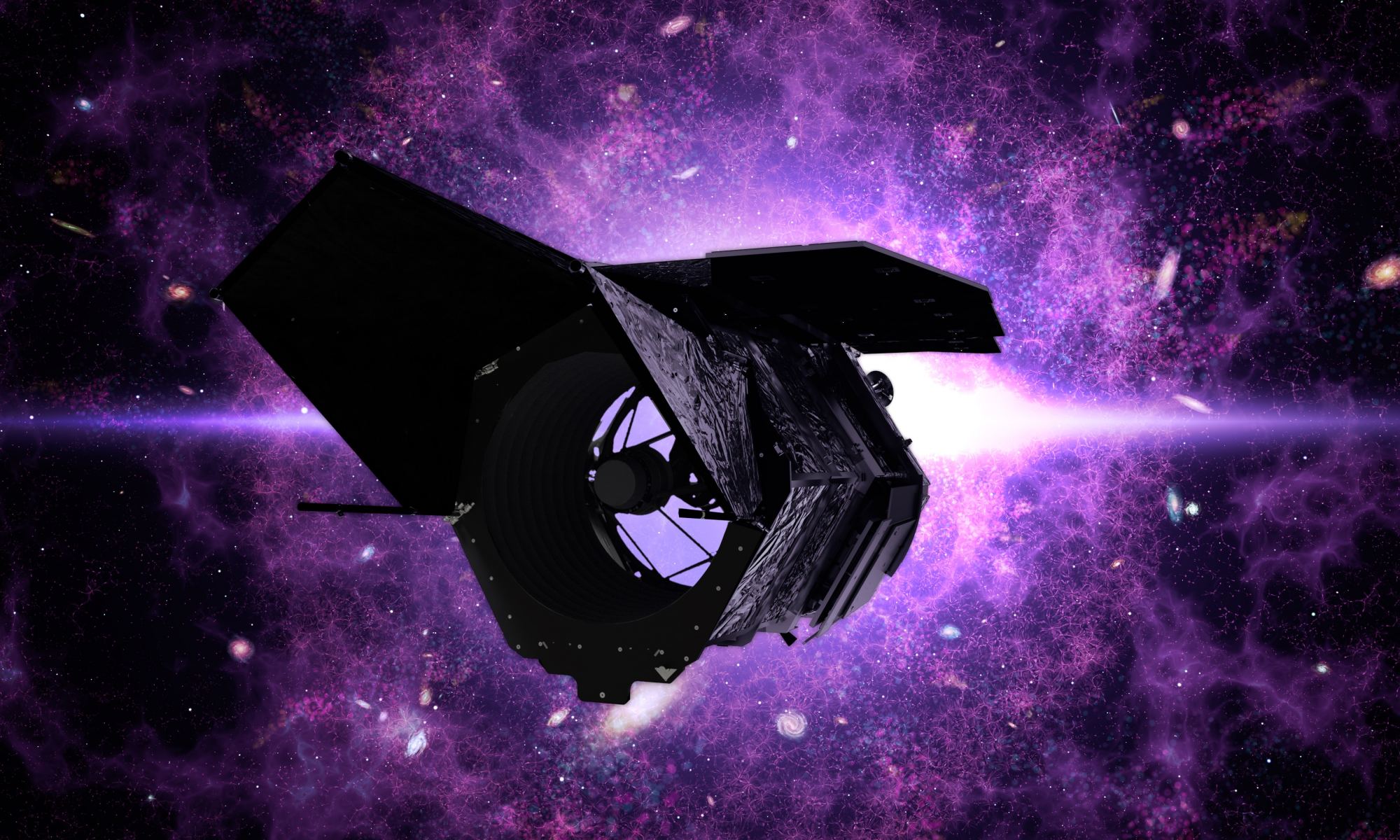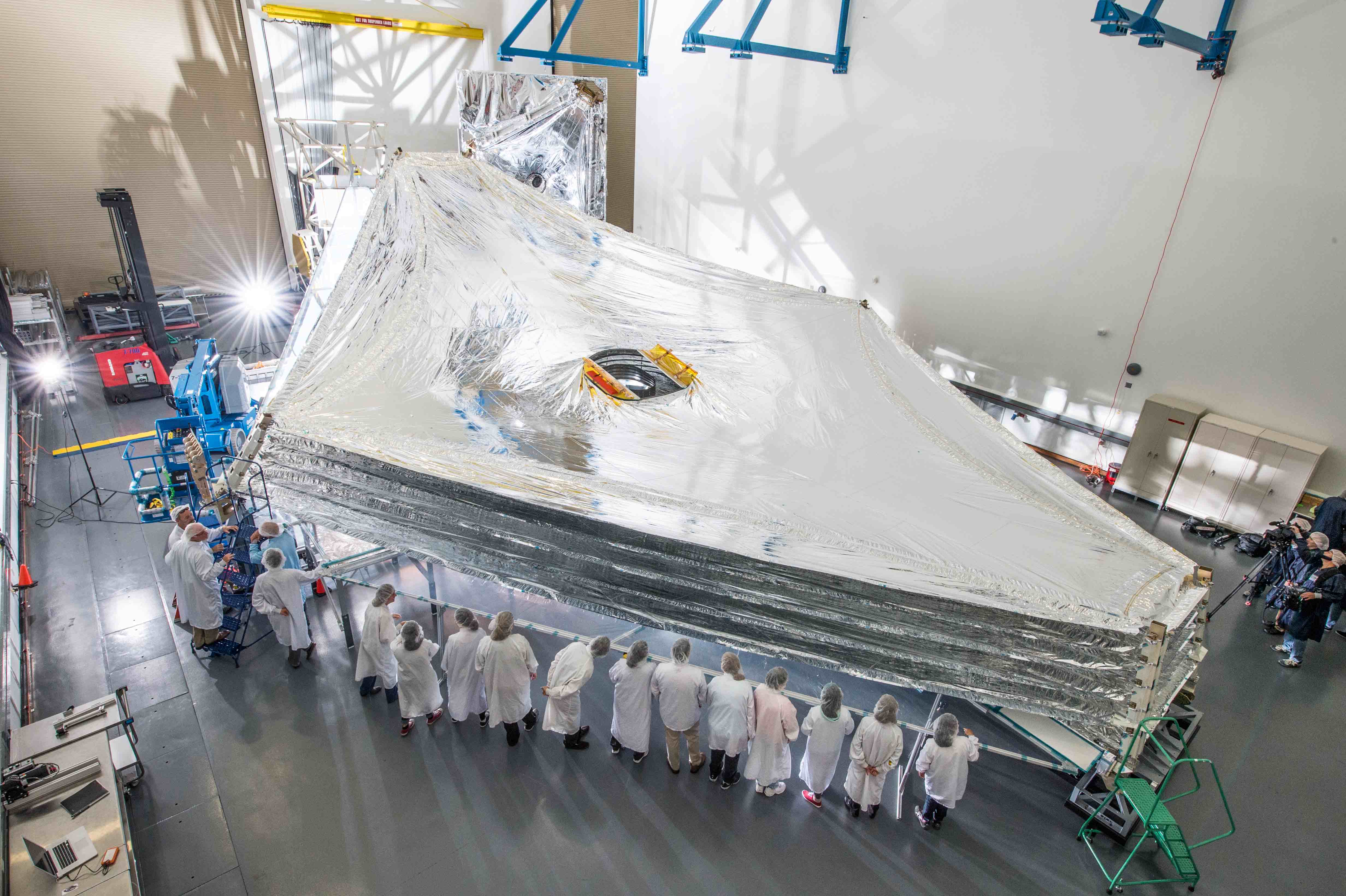There are a lot of amazing things in our Universe and a black hole is one of the most unknown. We don’t know for certain what happens inside a black hole and even the formation of supermassive black holes in the early universe is still being worked out. A group of physicists at Brookhaven National Laboratory have tackled this question and have come up with a possible solution to the mystery. The nature of dark matter may be resolved by their theory as well.
Continue reading “Supermassive Black Holes Could Have Formed Directly in the Early Universe”“The yet unanswered question of the nature of Dark Matter, and how primordial supermassive Black Holes could grow so fast in such a short amount of time are two pressing open questions in physics and astrophysics. Finding a common explanation for these observations is desirable and could provide us with insights into the inner workings of the Universe.”
Julia Gehrlein – Physicist at Brookhaven National Laboratory




